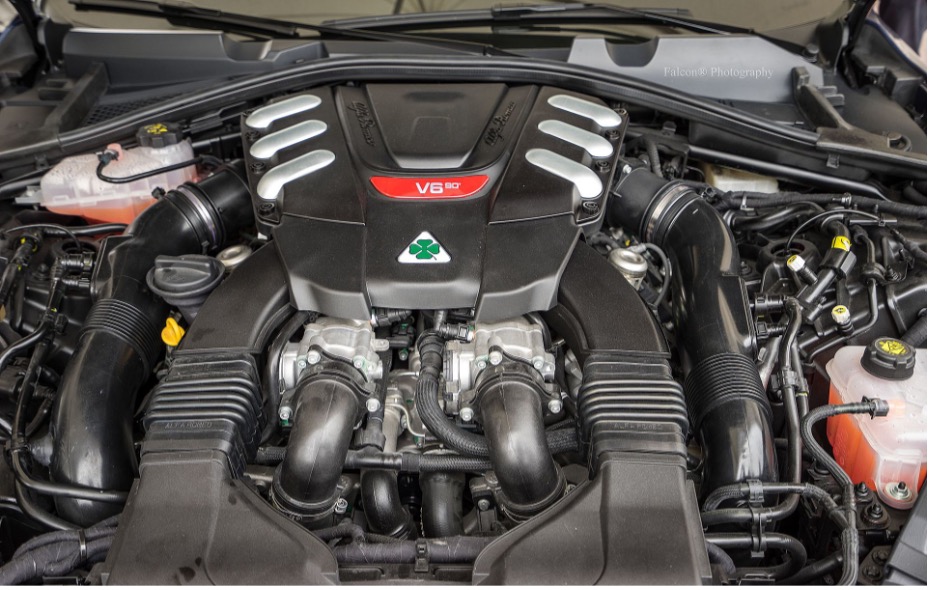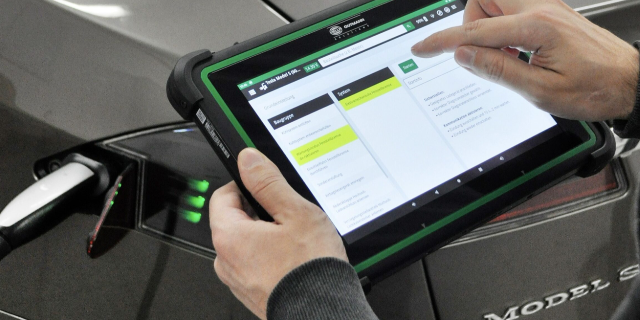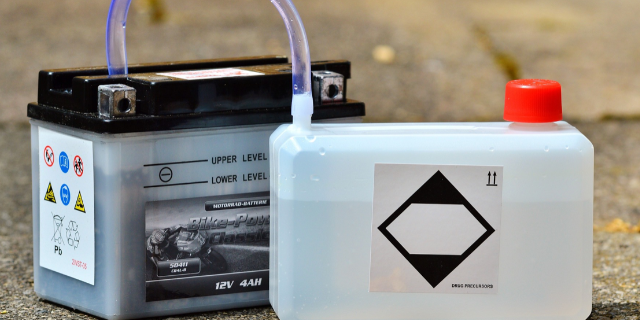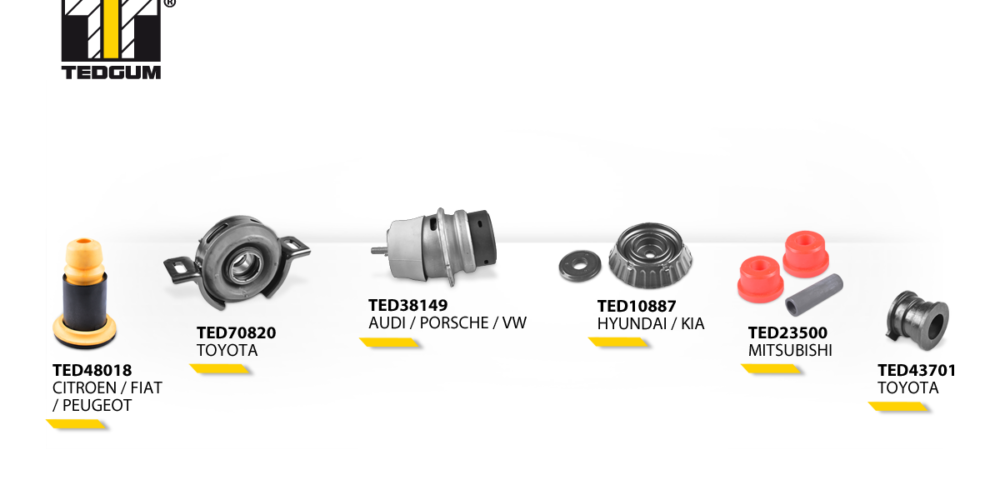Euro7 norm changed at the last minute – will internal combustion engines remain?
Since the first publication of the Euro7 standard, an endless amount of news has been published on the subject, as the new regulation would have fundamentally changed the continent’s automotive industry. The extremely strict norm would have made the distribution of internal combustion engines almost completely impossible and several European manufacturers, as well as countries, protested its introduction vehemently while in the fall they suddenly amended the initiative, practically abolishing a significant part of the restrictions on passenger cars.
In the article below, we show what this will mean in practice.
Extreme start
The first official proposal of the environmental protection norm was made public in 2022 but already in 2020 you could hear rumors that did not promise much good for internal combustion engines. At the time, an unnamed Volkswagen engineer told to Autonews:
“We cannot use more manual transmissions, as the switching points must also be optimized for emissions and we must also limit acceleration. It will be as if the car has taken sleeping pills. It is likely that the remainder of the driving experience will also disappear.”
However, the strictest first version was dropped almost immediately due to fierce opposition.
The rule that could not be fulfilled
At the beginning of 2023, a much more permissive proposal was published but it still contained challenges. The maximum amount of solid particles that could be emitted could not exceed 4.5 mg per kilometer – this is how they try to reduce the concentration of airborne dust. The emission of nitrogen oxides would not change for petrol engines but for diesels it would be brought down to the level of petrol engines, so instead of 80 mg per kilometer, it would be 60 mg.
Of course, the Otto engines were not left out of the tightening either: nitrogen oxide emissions remained unchanged but the permitted carbon monoxide level was made equal to that of diesels, so it was brought down to 500 milligrams per kilometer, which is half of the Euro6 limit. This virtually eliminated the differences between the two engine types.
The concept of cold start in the standard deserves a special mention. Regardless of whether the engine runs on diesel or gasoline, it must not emit more than 600 milligrams of nitrogen oxides during the first 10 kilometers driven, otherwise the vehicle cannot receive a distribution permit, so it fails the emissions test. According to the form at that time, the laboratory tests and additional road measurements which can be carried out in a temperature range of -10 and +45 °C, will remain.
As a new parameter, Euro7 introduces the measurement of nitrous oxide which is a much stronger greenhouse gas than carbon dioxide although cars emit very little.
Also a new value to be examined is the amount of brake dust and rubber particles which also generate airborne dust in the environment. At the time of introduction, the amount of these can be a maximum of 7 milligrams per kilometer and from 2035 it will be only 3 mg.
Inevitably, the question arises as to how much brake dust is required for heavy braking. According to unanimous expert opinions, the vehicles currently running in Europe significantly exceed these values, and special equipment will probably be needed to filter brake dust so that it does not enter the environment.
These last two parameters also affect electric cars, even though Euro7 still considers the electric powertrain to be emission-free. This provides some contradiction in terms of the fact that, according to the figures of the European Environmental Protection Agency, in 2020, the production of one kilowatt of electricity in the European Union results in an average emission of 229 g of CO2. and the Commission explicitly strives to take production into account when setting environmental protection standards.

The company has already said goodbye to Alfa Romeo’s V6 turbo engine (F154) but due to the current change, they immediately announced the continuation of production (source: www.wikipedia.org)
Protest then retreat
A few months after the last edition of the draft, a research commissioned by the European Automobile Manufacturers Association (ACEA) showed that, even according to pessimistic estimates, the direct additional costs caused by Euro7 will be at least 4-5 times higher than previously reported by the European Commission numbers showed.
In practice, this means that just for the preparation for Euro7, 2 000 euros per car and 12 000 euros per truck and bus are the extra production costs.
After the research received credible confirmation from several sides, many car manufacturing concerns, including VW-Audi, Stellantis, as well as entire member states expressed their fierce opposition to the draft, claiming that this formula would make their products unsellable, not to mention the on global competitiveness.
The process was further catalyzed by the fact that by 2023 several car manufacturers from China had already appeared on the continent, with a significant price advantage in the electric car market. This posed a further threat to the self-defeating European car industry.
The protests of the member states went so far that in September, Spain submitted a new, mitigating proposal to the European Parliament which was supported by a significant number of member states.
According to this, Euro7 will not contain any strictures for internal combustion engines in terms of exhaust gas emissions – at least in passenger cars, the original plan remained unchanged in the case of trucks.
At the same time, the emission of brake and tire dust is still in the draft, so passenger cars will still receive some tightening. But this also means that previously Euro6d compliant internal combustion engines can remain in production.
The manufacturers’ response
However, it is important to mention that the reduction of the carbon dioxide fleet average will still remain, so manufacturers will have to sell more and more electric cars if they want to stay below the CO2 limit – at least according to the current situation. The days of internal combustion engines are therefore still numbered but due to the continuous reliefs, car manufacturers are constantly at a crossroads regarding what to stick to.

The carbon dioxide limit did not change with the mitigation (source: www.pixabay.com)
At the moment, electric cars are considered zero-emission vehicles but we do not know when this will change. A perfect example of how true this is is that some companies have already committed themselves to pure electric production by 2025, while others are still developing internal combustion engines for passenger cars.
We are watching with interest what changes the next period will bring.
Source:
https://autopro.hu/elemzesek/sulyosan-alabecsultek-az-euro-7-koltsegeit/915010
https://www.vezess.hu/magazin/2023/01/10/euro-7-norma-euro7-szabvany-euro-7-emisszios-hatarok/
https://en.wikipedia.org/wiki/Alfa_Romeo_Giulia_(952)#/media/File:V6_Quadrifoglio_(28305207270).jpg
https://pixabay.com/illustrations/co2-exhaust-traffic-signs-4767388/










